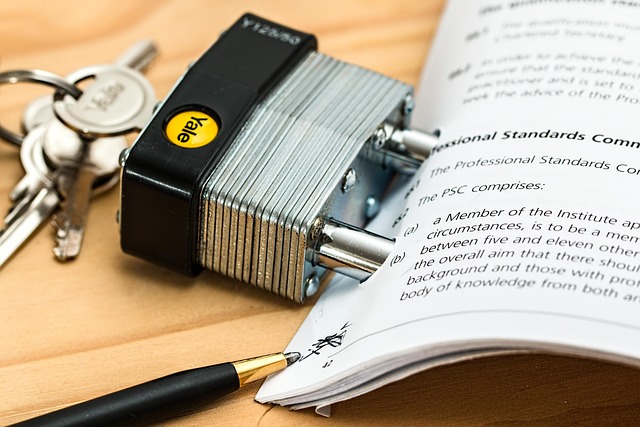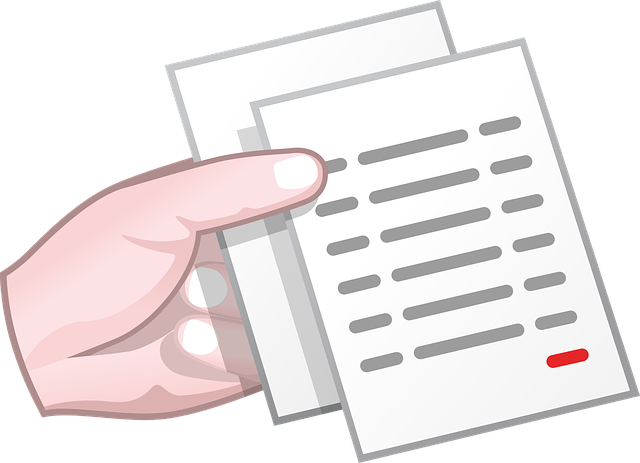TL;DR: Understanding lease clauses is paramount for students renting accommodation. Key clauses cover rent amount, payment deadlines, tenancy duration, maintenance (including repairs and safety), subletting rules, break clause terms, and dispute resolution. By thoroughly reading and comprehending these lease clauses students can protect their rights, ensure fair treatment, maintain a positive living environment, and make informed decisions about their rental agreement.
As a student, navigating your first lease can be daunting. This comprehensive guide is designed specifically for you to demystify the world of lease clauses and terms. We’ll break down complex legalese into manageable sections, helping you understand your rights and responsibilities. From common terms to crucial clauses, and tips for reading agreements, this guide empowers students to make informed decisions when renting. Equip yourself with knowledge – your first step towards a stress-free leasing experience.
- Understanding Lease Clauses: A Student's Perspective
- Common Terms and Their Significances
- Navigating Your Rights and Responsibilities
- Tips for Reading and Interpreting Lease Agreements
Understanding Lease Clauses: A Student's Perspective

Understanding lease clauses can seem like navigating a complex maze for students, but it’s essential to demystify this process. As a student, knowing and comprehending key terms is your power tool when signing any rental agreement. Lease clauses are essentially the rules and conditions set by landlords or property managers that govern the relationship between them and you as the tenant. These clauses cover various aspects, from rent payment and duration of stay to maintenance responsibilities and subletting restrictions.
From a student’s perspective, it’s crucial to read and understand each clause before putting your signature on the lease. Pay close attention to details like late fee structures for rent payments, rules around pet ownership (if applicable), and procedures for reporting repairs or maintenance issues. Being informed allows you to protect yourself, ensure fair treatment, and maintain a positive living environment throughout your tenancy.
Common Terms and Their Significances

When reviewing a lease agreement as a student, understanding key terms is crucial. Familiarize yourself with concepts like rent amount and payment deadlines, which are fundamental to your financial obligations. The lease duration determines your commitment to the property, so ensure it aligns with your planned stay.
Other significant clauses include maintenance responsibilities, clarifying who handles repairs, and subletting rules, if you plan to share the space. Be sure to read through break clause terms to understand penalties for early termination or changes in living conditions. Knowing these lease clauses students often encounter empowers you to make informed decisions about your accommodation.
Navigating Your Rights and Responsibilities

Navigating your rights and responsibilities as a student tenant is crucial when signing a lease. It’s essential to understand that a lease is a legal agreement between you and the landlord, outlining both parties’ obligations. By carefully reading and comprehending each clause, students can protect themselves from potential issues. Look for terms related to repairs and maintenance, ensuring the property meets safety standards. Also, be aware of your rights regarding privacy, noise levels, and subletting options, which are often detailed in specific lease clauses designed for student tenants.
When reviewing a lease, pay attention to the duration of the tenancy, rent payment schedules, and any additional fees or charges. Students should also clarify expectations around extracurricular activities’ impact on the property and understand the process for handling disputes or damage claims. Knowing your rights and responsibilities beforehand empowers students to make informed decisions when leasing a property, ensuring a positive living experience.
Tips for Reading and Interpreting Lease Agreements

Reading and interpreting lease agreements can be challenging, especially for students who may be signing their first lease. Here are some tips to help you navigate this process smoothly:
Start by familiarizing yourself with the various lease clauses that commonly appear in rental agreements. Key terms such as rent amount, due date, length of tenancy, and any restrictions on subletting or pet ownership should be clearly understood. Look for defined terms and definitions provided at the end of the lease to ensure you grasp their exact meanings. Don’t hesitate to ask your landlord or property manager to clarify any ambiguous lease clauses before signing. Taking notes while reading through the agreement will help you remember important details later.






